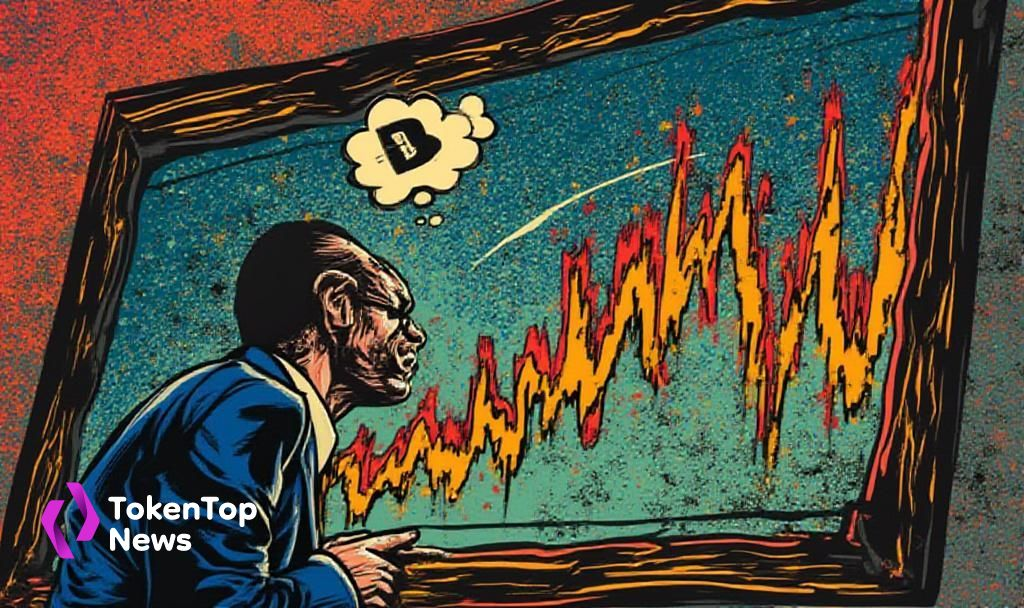Insider Trader’s $17M Loss on Crypto Short Positions
- Significant loss incurred by insider trader @qwatio.
- No official statements or identity confirmation.
- Market volatility impacts BTC and ETH.

@qwatio, an anonymous trader known for high-risk decisions, suffered a $17.89 million loss after their short positions on Bitcoin and Ethereum were liquidated, highlighting significant volatility in the cryptocurrency market.
High-leverage trading often leads to substantial losses during volatile periods, impacting both individual traders and market dynamics. This particular incident underscores the risks associated with margin trading in cryptocurrencies.
“No identifiable quotes or commentary from @qwatio as a trading entity have been located in public forums or reports.”
The insider trader, known as @qwatio, experienced a catastrophic financial setback due to short position liquidations involving significant amounts of BTC and ETH. The trader’s account balance is now depleted, highlighting vulnerabilities in such speculative strategies.
These positions, leveraging up to 40x on BTC and 25x on ETH, were liquidated amid extreme market conditions. The total notional value shorted reached $250 million, emphasizing the scale and impact of the event on market movements.
Market reactions included short squeezes and forced buybacks, fueling price volatility in the affected assets. Despite the lack of regulatory or institutional responses, the event has drawn attention to the inherent risks of high-leverage trading.
Cryptocurrency markets often see drastic fluctuations due to trading behaviors like those of @qwatio. Such events can pressure exchanges, affecting liquidity, and may lead to potential scrutiny from regulatory bodies. Historical precedence shows similar scenarios escalating into wider market reactions.
The broader implications may involve tighter regulations or increased caution among traders. Given past occurrences, these liquidations could trigger discussions about leverage limits or enhanced trading oversight. It remains essential to monitor market responses and institutional feedback.




